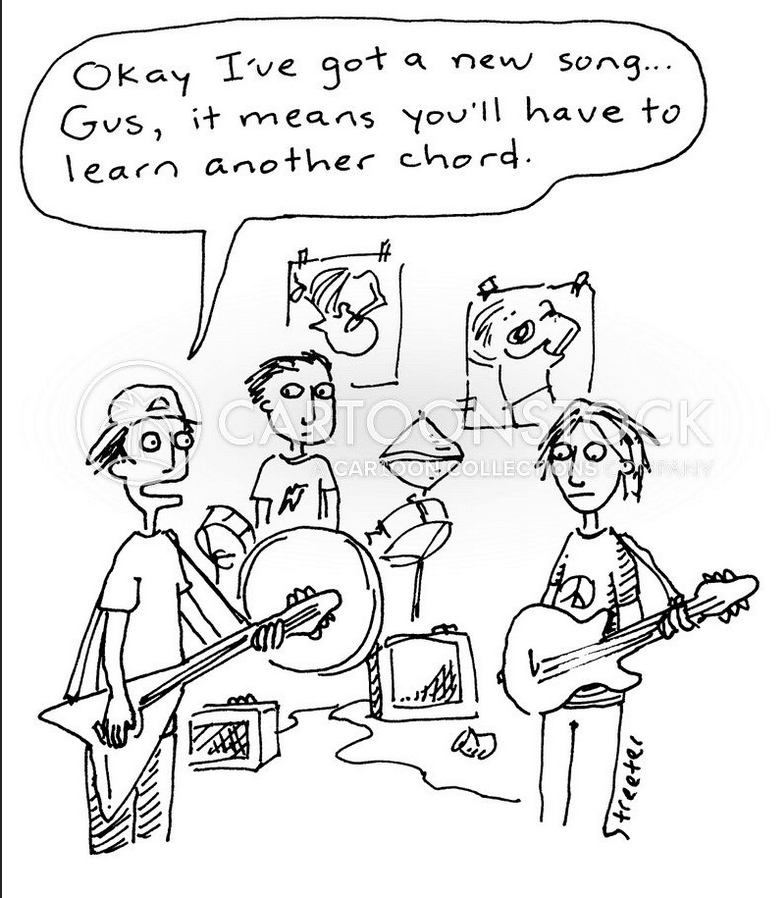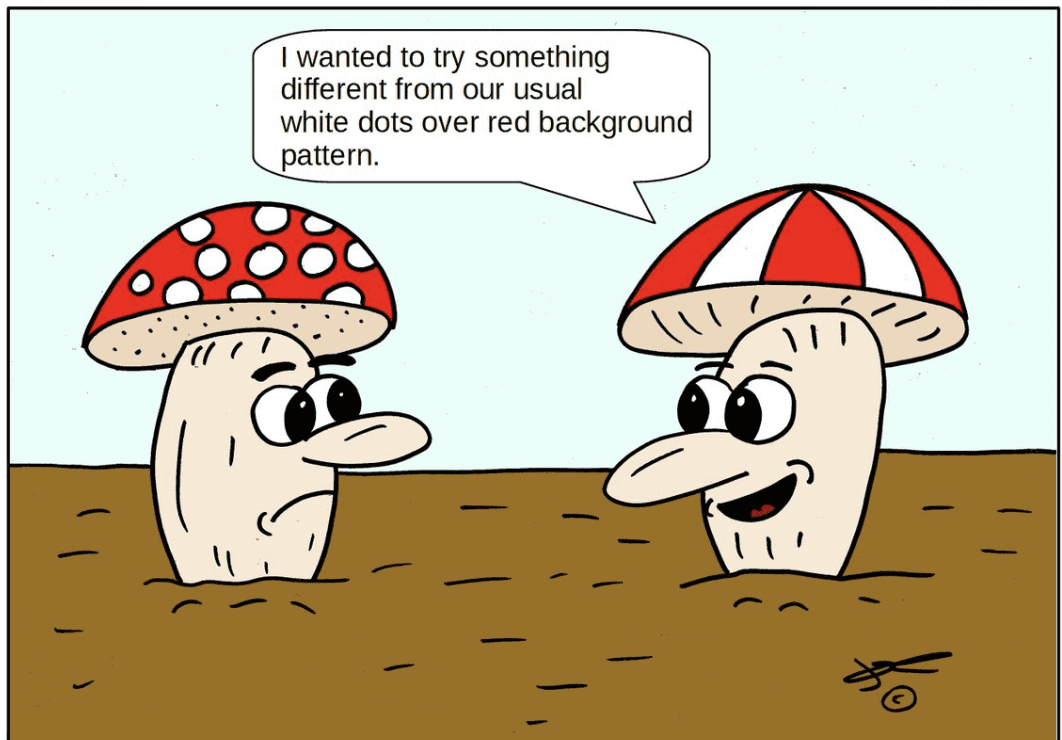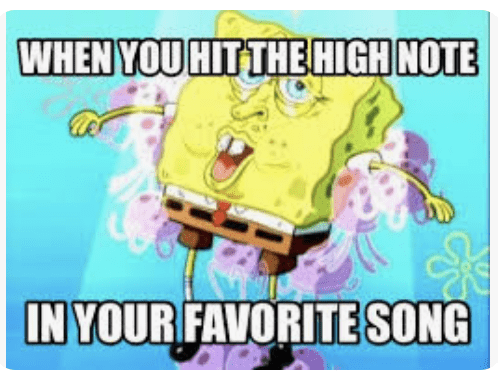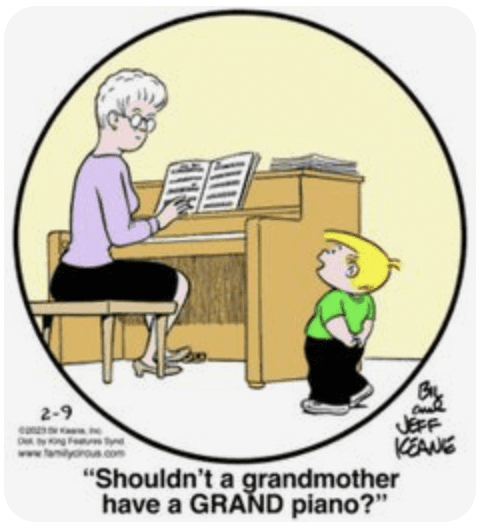Michelle Ostrove Vocal & Piano Studio
Everyone has a voice type; what type of voice is yours? There are many voice types or styles like: screaming metal voice, a soft angelic voice, the breathy voice, a smokey sexy voice, classical voice, opera voice, country voice, rock voice, pop voice or jazz voice. Each voice type requires different vocal techniques. Some techniques are the same for every type, for instance the posture, breath support and diaphragm support. But other techniques like placement of sound and diction will…
Read MoreThere are small but powerful vocal elements you can work on, refining your own unique vocal style. Whenever you are singing a cover song, hone your own vocal style by working on some singing elements. Try experimenting with volume, intensities, phrasing, tempos and keys to create your own sound. Volume: Singing in a gradual crescendo or decrescendo in a song, or quickly adding loudness or softness to a single word. The loud and soft vocals is called the dynamics. Intensity:…
Read MorePart II of “What Is Music Theory” we will look at four more elements that comprise music theory. The previous blog reviewed the key signature and scales. Today we will look at the melody, chords, chord progression, harmonies and form. Melody The main elements of the melody are scales, intervals, rhythm and phrasing. The melody will consist of the notes found in the scale. The scale provides a tonal framework of the song. The intervals will create tension or it…
Read MoreMusic theory is the study of music, examining all of the elements that are used to construct and preside over the music language. The elements that are used include the key in which a song is written (key signature), scales, notes, rhythm, melody, chords and chord progressions, harmony, and form. Music theory is a set of rules and guidelines for musicians to create and analyze music. If you understand the basics, it will help you compose, produce, or even appreciate…
Read MorePatterns exist all around you. Everywhere you look there are patterns in floors, ceilings, nature, architectural designs, art and math. Music is no different, it is sound made up of various patterns in the song. For instance, the singer will vocalize a melody pattern. The pianist or other instruments will play the harmonic and rhythmic patterns throughout the song. Even the lyrics are usually created with a musical form or patterns. Let’s look at these four types of patterns that…
Read MoreVibrato is a rapid, but slight variation in pitch when you sing. The singer is oscillating on and off a note. It comes in all different shapes and wave sizes, fast and slow, every singer has their own textures and tones when using vibrato. Not every singer is able to sing with vibrato and some singers prefer not to use it, depending on the mood of the song. There are four different types: the vocal trill vibrato, the vocal wobble,…
Read MoreIt’s important for you, the singer, to focus on the feeling of a song and not over critique yourself. It’s all about how you feel and express your emotions in a song. Don’t worry about sounding perfect, learn how to use enunciation to tell the story and express yourself in the song you are singing. Use your enunciation as a powerful and moving tool in your performance. Choose your point of emphasis and points of singing more aggressively. You want…
Read MoreEvery singer has their own unique vocal tone and vocal tone is like a fine wine. There is no wrong way to describe it. There are many different types of vocal tone descriptions. When you hear Lady Gaga sound or Beyonce sing, you know exactly who it is because of their own unique sound or vocal tone. I’m sure you can identify the voice of Pink verses Lady Gaga, or Beyonce verses Taylor Swift, all distinctly different, unique and identifiable.…
Read MoreWhen a singer uses proper technique while singing, there will be no straining. Using proper vocal technique involves breath & diaphragm support, maintaining good posture, using resonance and articulating clearly. Breath/Diaphragm Support: There is an important connection between breath control (which involves diaphragm support) and a great singer. As a singer inhales, the diaphragm flattens, filling the lungs with air. When exhaling, the muscles in the larynx allows the vocal cords to come together. This action interrupts a large volume…
Read MoreThere are very few singers that sing naturally and have complete control of their voice. Often a singer will sing freely without paying attention to what they sound like. To create a polished and professional sound, it’s all in the controlled details and adding emphasis at the beginning of a note, word or phrase. There is a gap between the two vocal cords (folds), which is called the glottis. The vocal cords open and close like a curtain. The ligaments…
Read More








